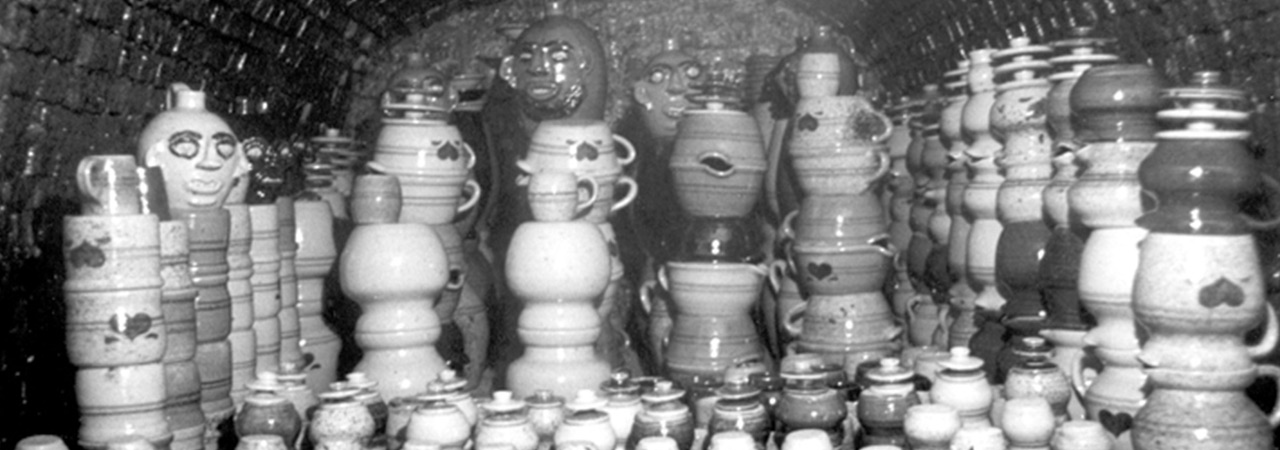
Many students complete the primary school years knowing how to read; solve arithmetic problems; and write letters, stories and descriptive paragraphs. As they grow older, these students need to master more complex skills to function effectively in society. In state after state, educational test results for 4th, 8th and 10th graders show that they do not automatically do so. Across the nation, these older students perform below expected norms when asked to read and understand expository material, categorize information, organize material in non-narrative formats such as charts and graphs and comprehend implied content. Students will become proficient at these tasks when two circumstances occur. First, they must have access to materials strongly grounded in contemporary society or the natural world that challenge them to think about and question themselves and their surroundings. Second, through these materials, teachers must introduce appropriate processes that help students make meaning from the information that they encounter.
The wealth of information and variety of media employed in the Masters of Traditional Arts Education Guide and website give students opportunities to interact with real people telling their own stories in their own voices. Some come from cultures similar to the students’ own; others live in circumstances never even imagined by readers. Some masters of traditional arts engage in activities, such as pottery or instrument production, already of great interest to young people. Others introduce students to new ways of expressing themselves, from weaving to creating extravagant costumes, which can open up a myriad of possibilities for self-expression. The artists’ lives and work have built part of the society in which students live and thus provide the stimuli that challenge students to examine and question both themselves and their world. This guide gives educators suggestions for introducing appropriate activities that will help students as they work toward a rich understanding of these materials and practice the kinds of skills that lead to sophisticated ways of thinking and problem solving.
The Masters of Traditional Arts website provides written artist bios of each of the National Heritage Fellows; formal and informal photographs; audio profiles; interview excerpts; and music samples and video segments. Many audio profiles were originally edited as radio features and broadcast on radio stations across the country. Many video segments were edited from the documentation of the National Heritage Fellowship Concerts held annually in Washington, D.C., while others were edited from full- length documentaries. Overall, the various media give students opportunities not only to discover fascinating individuals but also to engage in the kinds of decoding, reading and information-seeking behavior that they will encounter outside the classroom.
The Masters of Traditional Arts website offers primary source material, and students, in turn, must evaluate what they see and hear, frequently without an intermediary to offer a secondary source summation. At a time when information is proliferating at an exponential rate, learning cannot be confined to a single source. Students must sift through facts, evaluate those facts, bring some kind of order to disparate pieces of information and, finally, create their own meaning. The more complex the stimulus materials, the more varied the educational objectives can be and the greater the number of content areas that can be addressed.
This guide includes a wide variety of suggestions adaptable for 4th through 12th grade students and across academic disciplines. Opportunities for Learning charts content and skills that the guide addresses in six discipline areas. Tools for Learning shares overarching activities and mini-lessons that teachers and librarians designed to reinforce higher-order reading and thinking skills and provide ways to use these rich multimedia resources more extensively in any educational setting. This section also includes exercises on decoding different media as a means of improving literacy. Three units ― Sense of Place, Sense of Wonder and Sense of Discovery ― offer ways to use the materials in the guide as separate curriculum components or integrated lessons. Resources include printable student handouts, annotated bibliographies of folklore in education publications and websites and related student readings, both fiction and nonfiction.